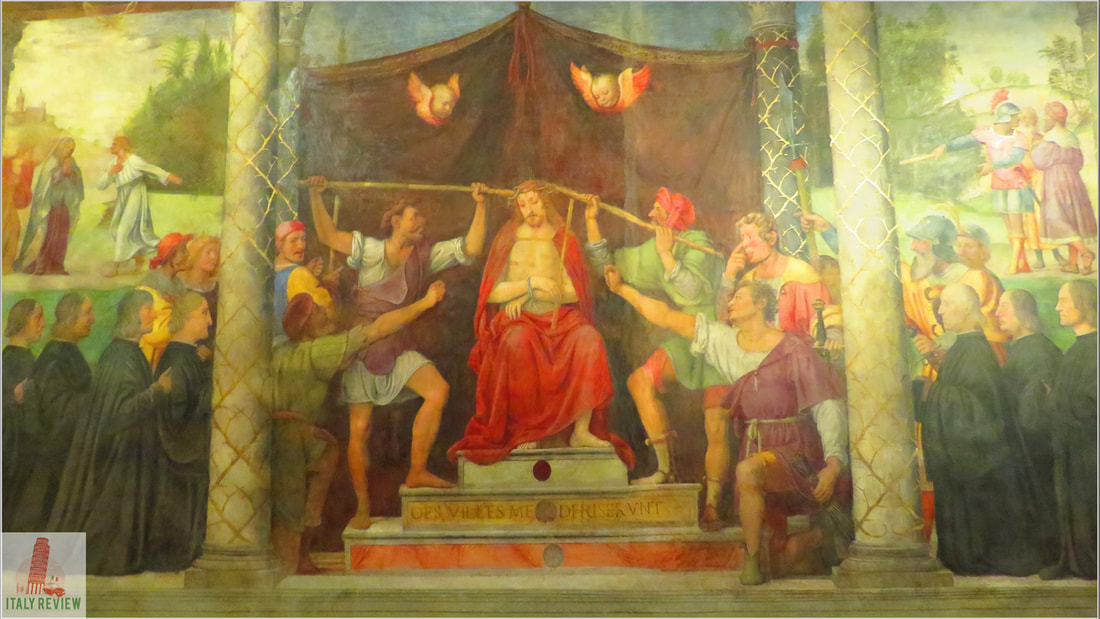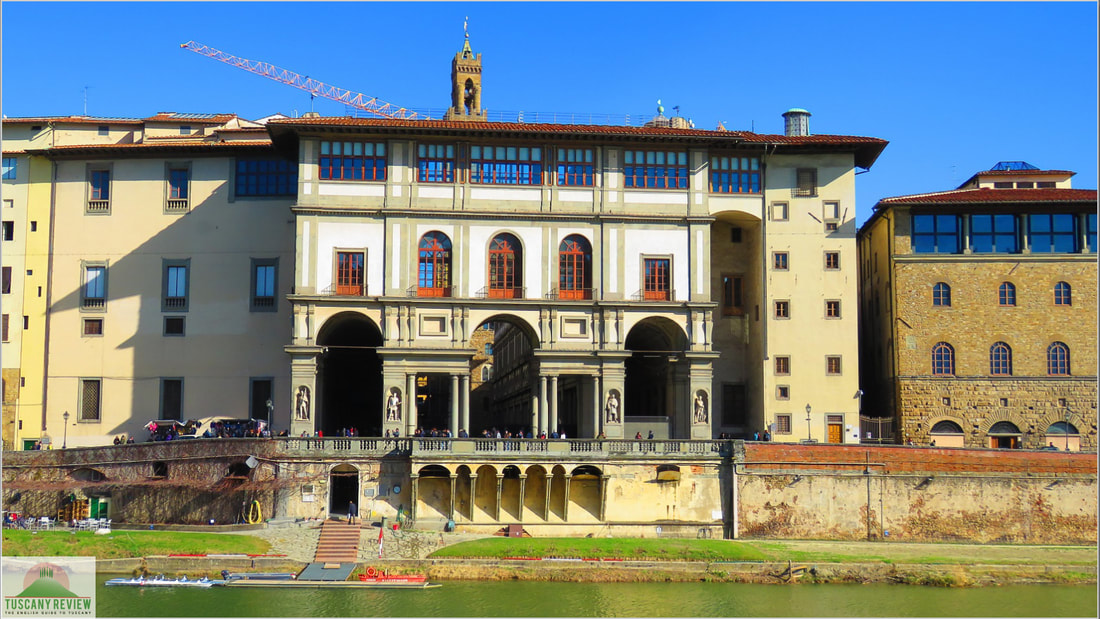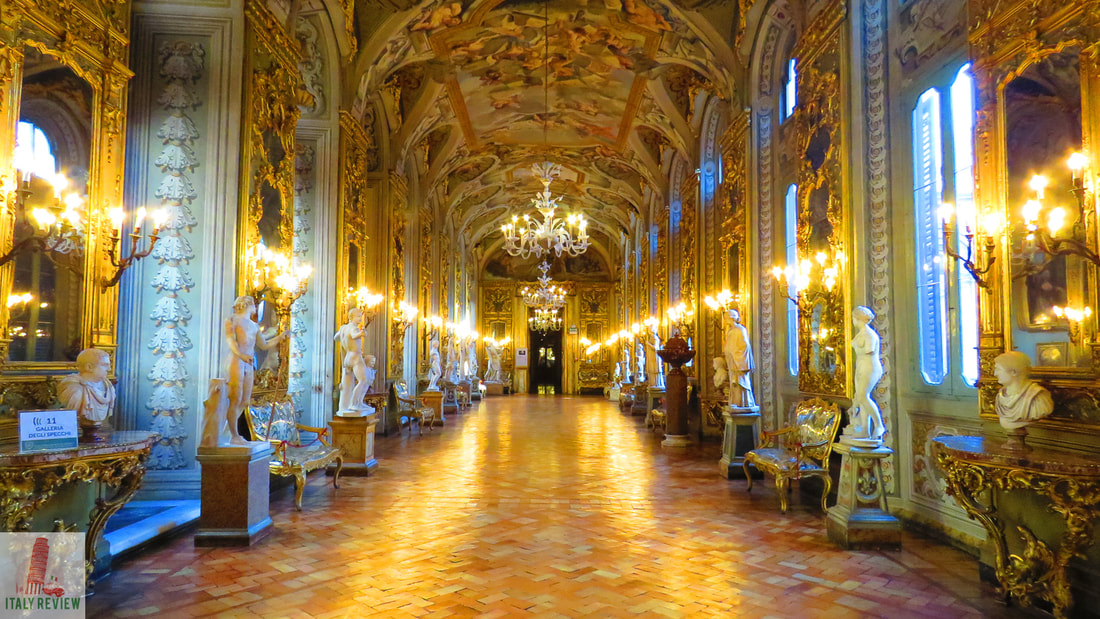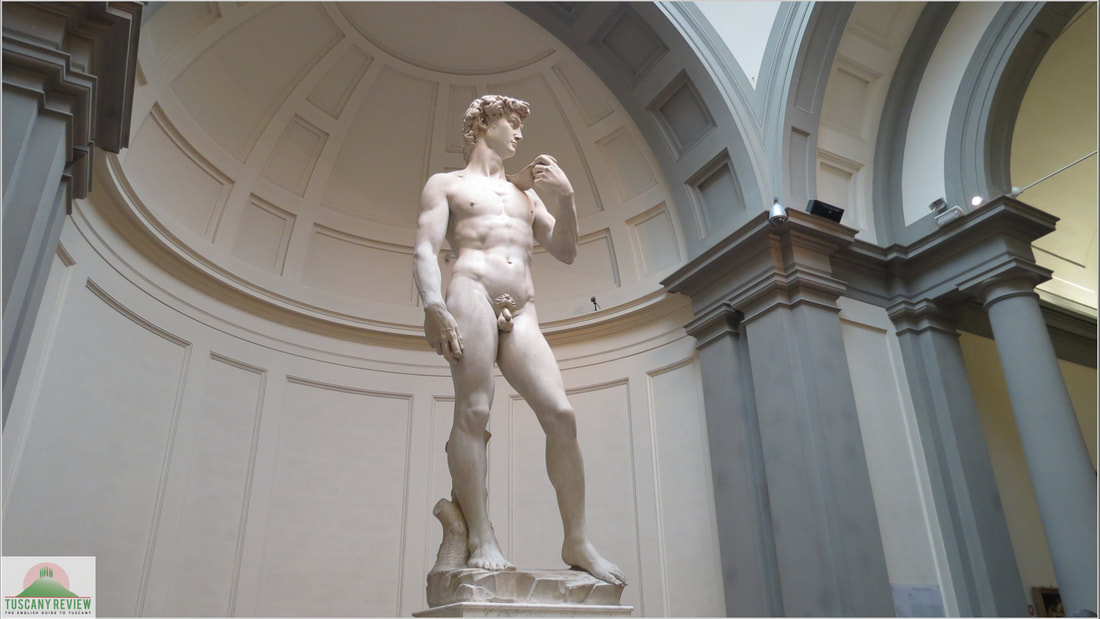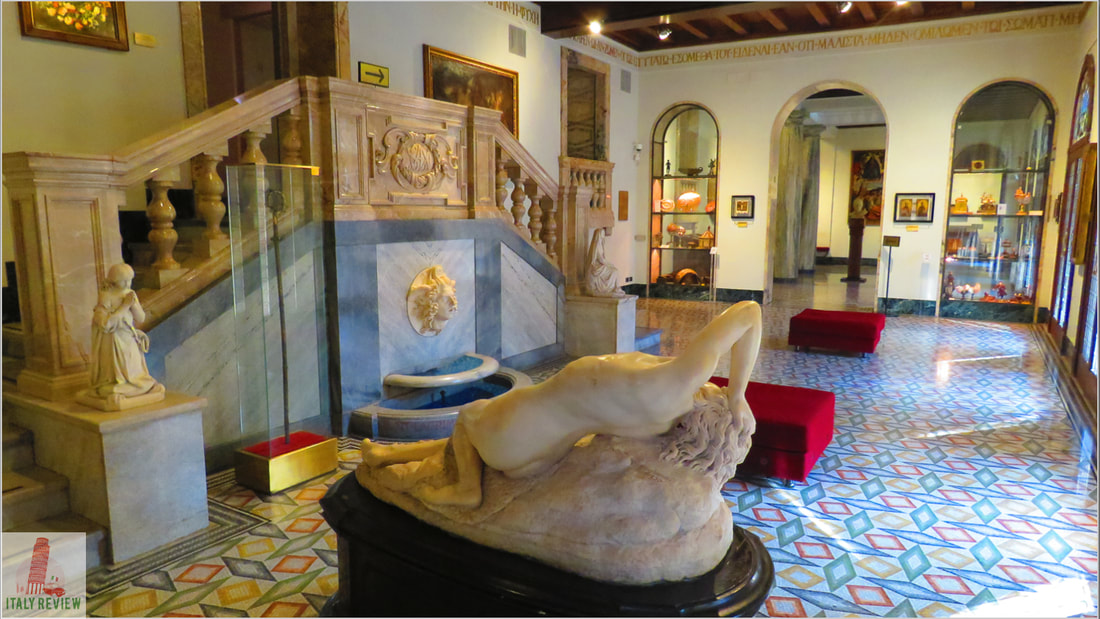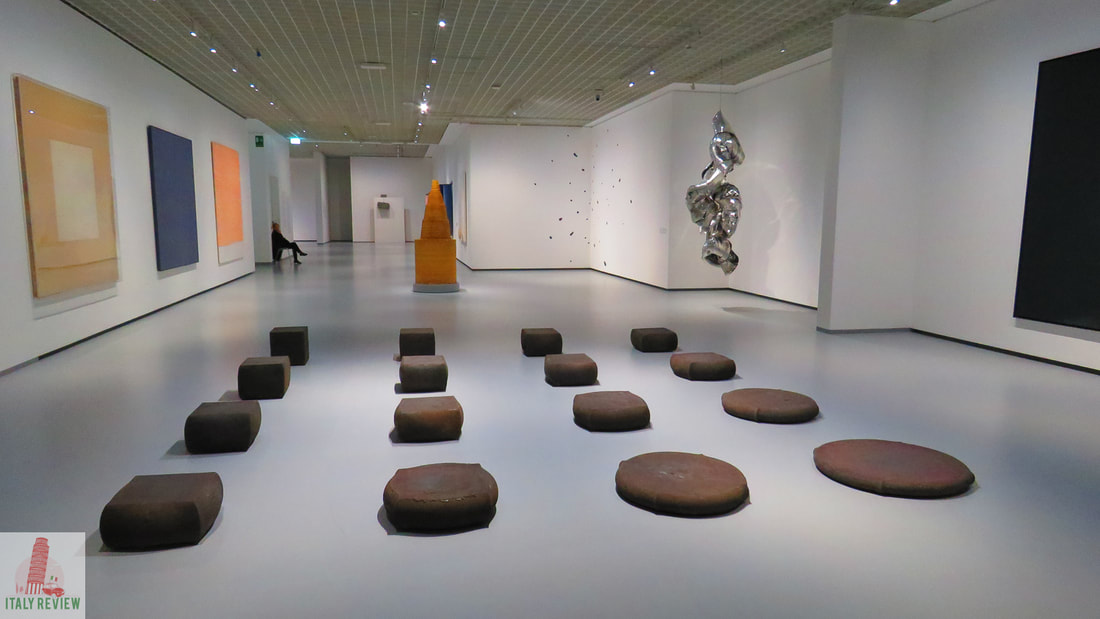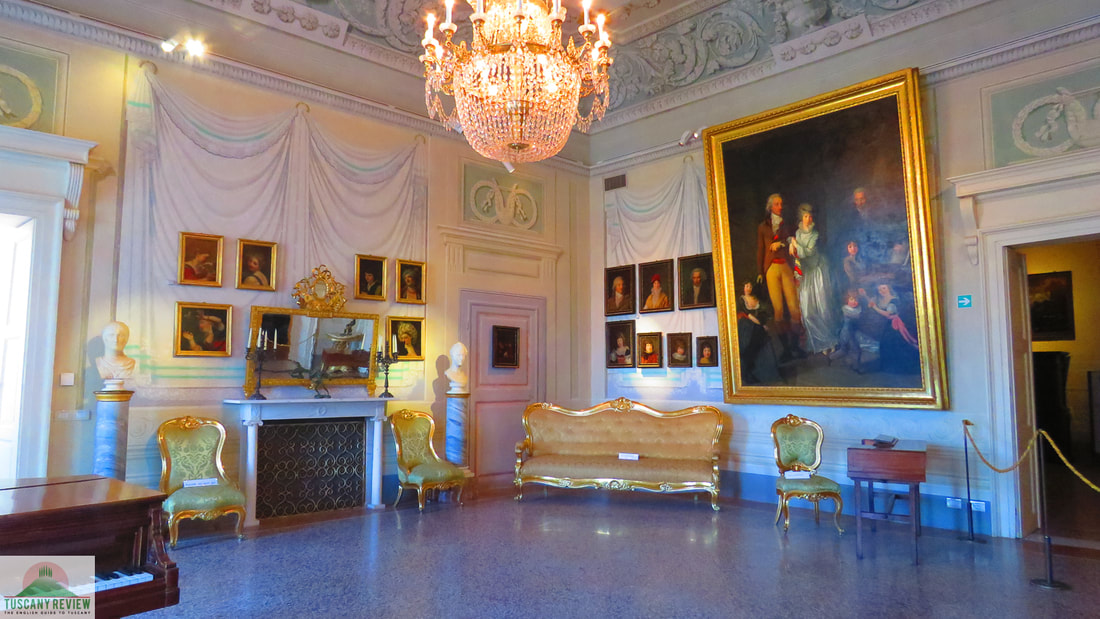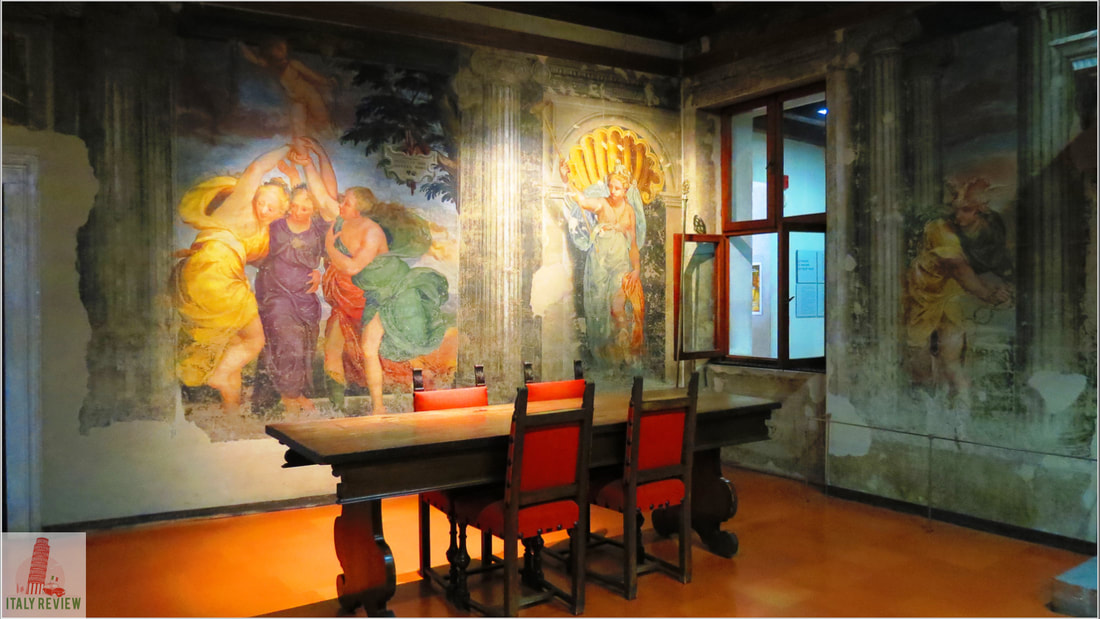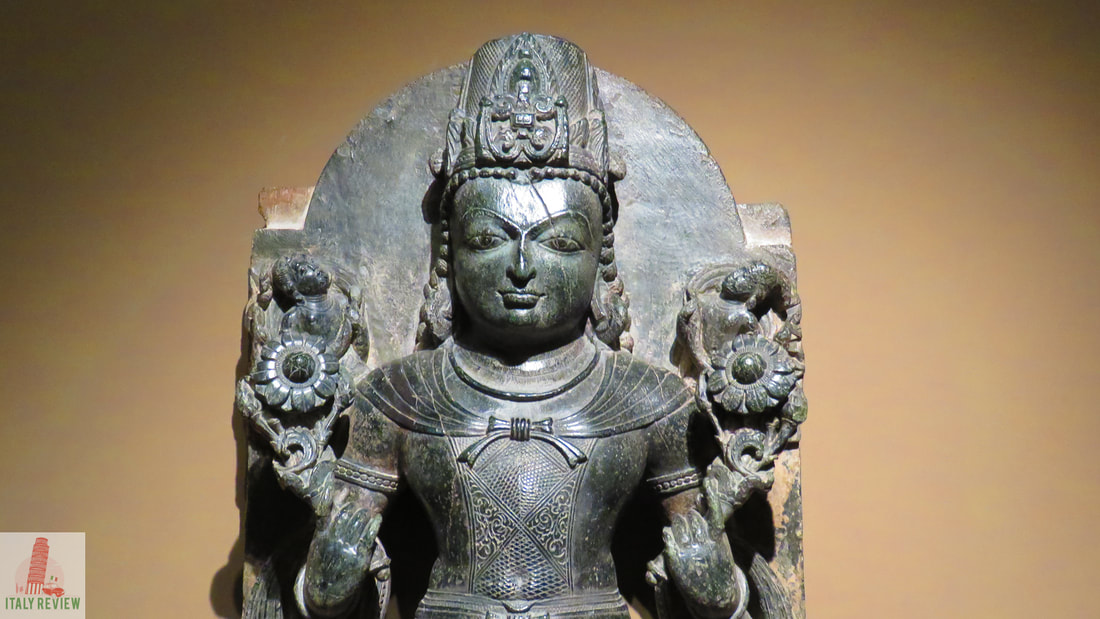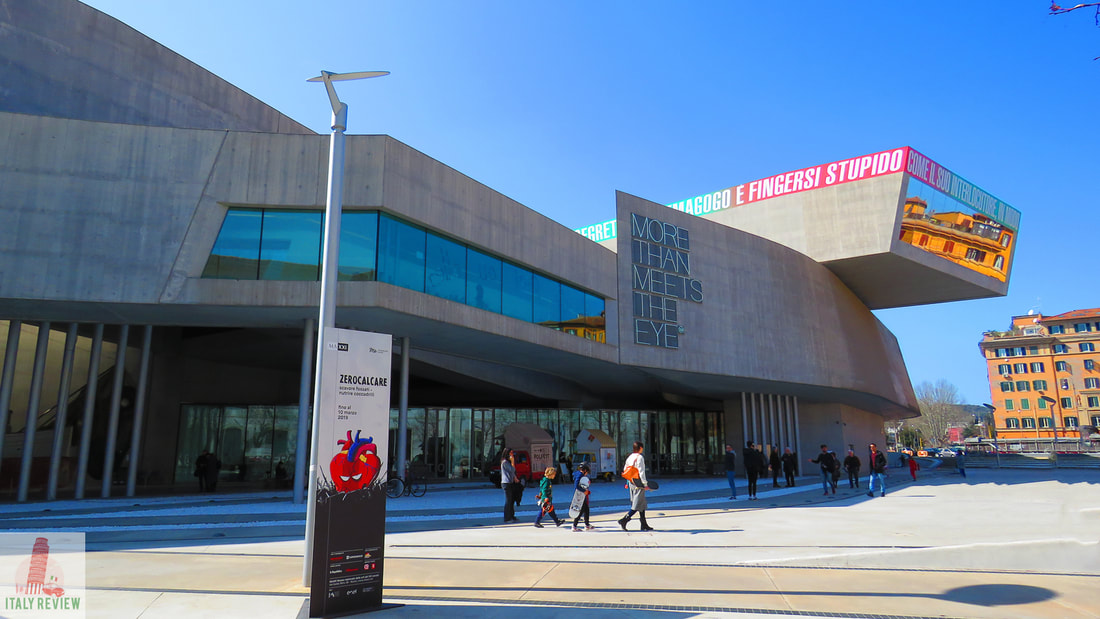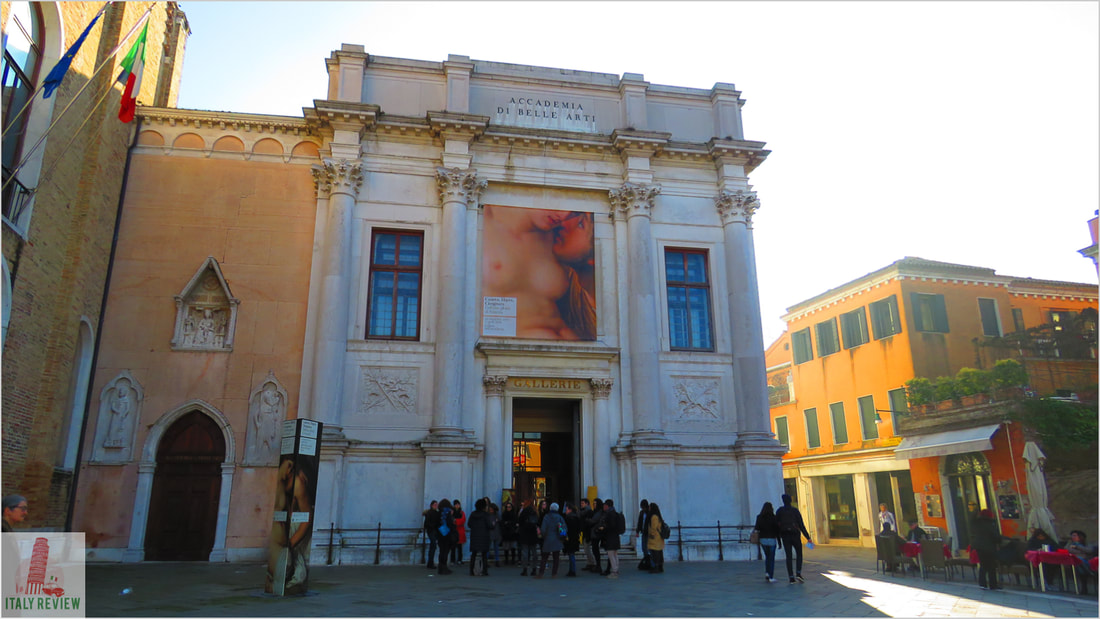Art Galleries of Italy
|
By Dion Protani
|
Latest update: 15 January 2024
|
|
The major Art Galleries of Italy can be found in the country's largest cities and it's no surprise that the most famous of all can be found in Florence, the cradle of the Renaissance.
The Uffizi Gallery in Florence is statistically the second most visited cultural attraction in Italy, behind only the Colosseum in Rome. It is also in Rome that we find the next art museum on the list, the beautiful Doria Pamphili Gallery with its elegant hallways and apartments covered in masterpieces. |
Related links
Back in Florence again we find a museum whose own fame is overshadowed by that of its star exhibit; 1.7 million visitors a year come to the Galleria dell'Accademia where the majority of people can be found crowding around the Statue of David by Michelangelo. In the northern Italian city of Milan, one of the most popular galleries is the Pinacoteca Ambrosiana which is also famed for its historic library.

